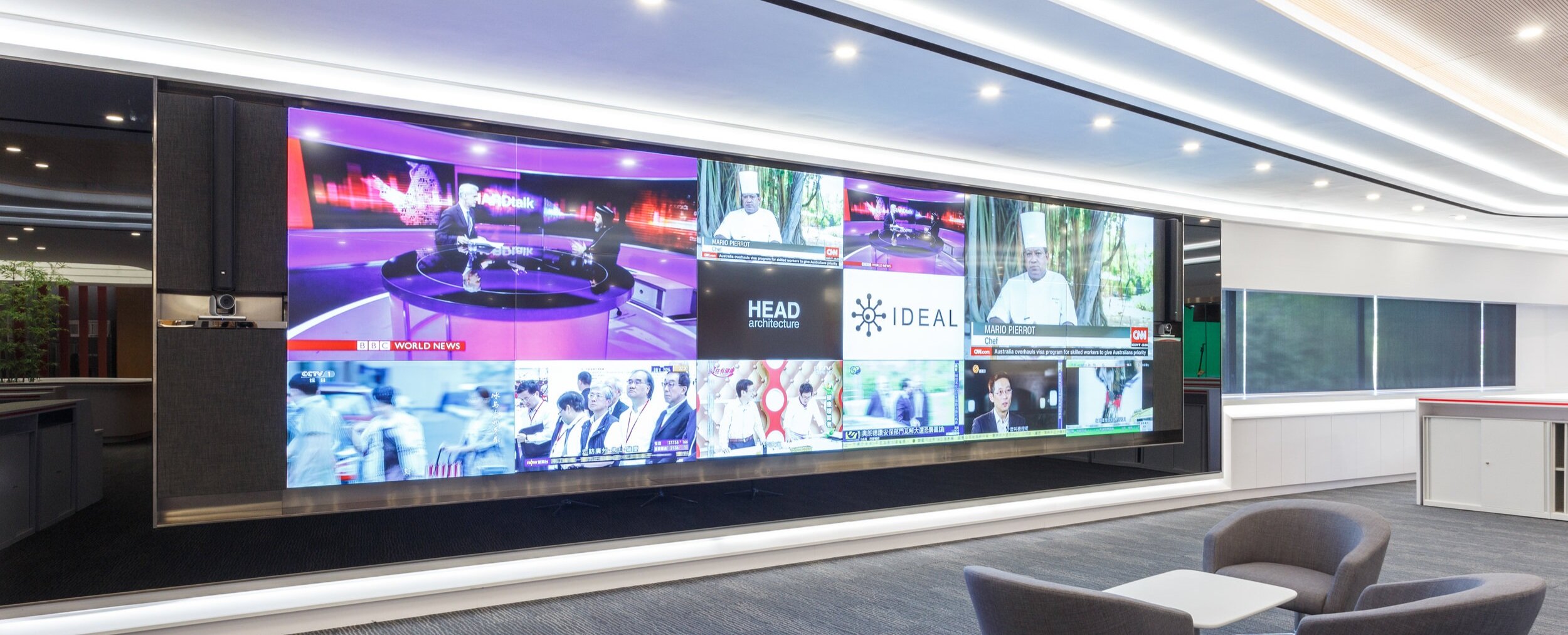Exploring the Effectiveness of Diverse LED Display Adjustment Techniques for Ideal Visual Output
Wiki Article
LED displays have grown progressively popular in multiple settings, including theater venues, musical events, and corporate events. These large screens provide vibrant colors and sharp visuals, making them perfect for visual presentations. However, to attain the optimal display quality, appropriate tuning of Light Emitting Diode screens is crucial. Calibration refers to the method of adjusting the display settings to guarantee that hues, luminosity, and contrast are accurate and consistent. Different calibration techniques can considerably influence the total standard of the display encounter, making it vital to investigate the effectiveness of these methods.
One common technique for tuning Light Emitting Diode screens is handheld calibration. This method involves modifying the parameters by manual means, often using specific tools and programs. Specialists typically analyze the display's color accuracy and luminosity levels, making adjustments based on their findings. Manual tuning allows for a high degree of personalization, as specialists can adapt the settings to the specific environment and material being displayed. However, this approach can be time-consuming and requires a proficient specialist to attain optimal outcomes. Despite its difficulties, handheld calibration can lead to impressive display performance when done properly.
Another popular calibration method is the application of automatic calibration. This approach uses software and sensors to measure the display's functionality and make modifications automatically. Automated calibration can save hours and minimize the risk for human error, as the software can quickly evaluate the display and implement the required modifications. This technique is particularly beneficial in environments where the Light Emitting Diode screen is frequently used for different types of content, as it can adapt to various lighting conditions and content needs. While automatic calibration may not offer the identical level of customization as handheld tuning, it can still provide superb outcomes for many applications.

A thirdly technique worth mentioning is the use of color tuning instruments. These devices, such as color measurement devices and spectral analyzers, measure the color results of the LED screen and help confirm that the colors shown are accurate. By using these instruments, specialists can identify any discrepancies in hue representation and make the necessary adjustments. This method is especially important for applications where color precision is essential, such as in graphic design or video production. Hue tuning instruments can improve the overall display quality of Light Emitting Diode screens, ensuring that the audience sees the intended colors and elements.
In conclusion, the effectiveness of various Light Emitting Diode screen calibration techniques plays a crucial role in attaining best display quality. Handheld calibration offers customization but led wall calibration for customer engagement can be time-consuming, while automatic tuning provides speed and uniformity. Additionally, color tuning tools help ensure accurate color reproduction, which is essential for many uses. By comprehending and utilizing these calibration methods, specialists can improve the display encounter for viewers, making Light Emitting Diode screens an more effective tool for communication and engagement. As innovation continues to advance, ongoing research and evolution in tuning methods will probably lead to even improved visual performance in the time ahead.